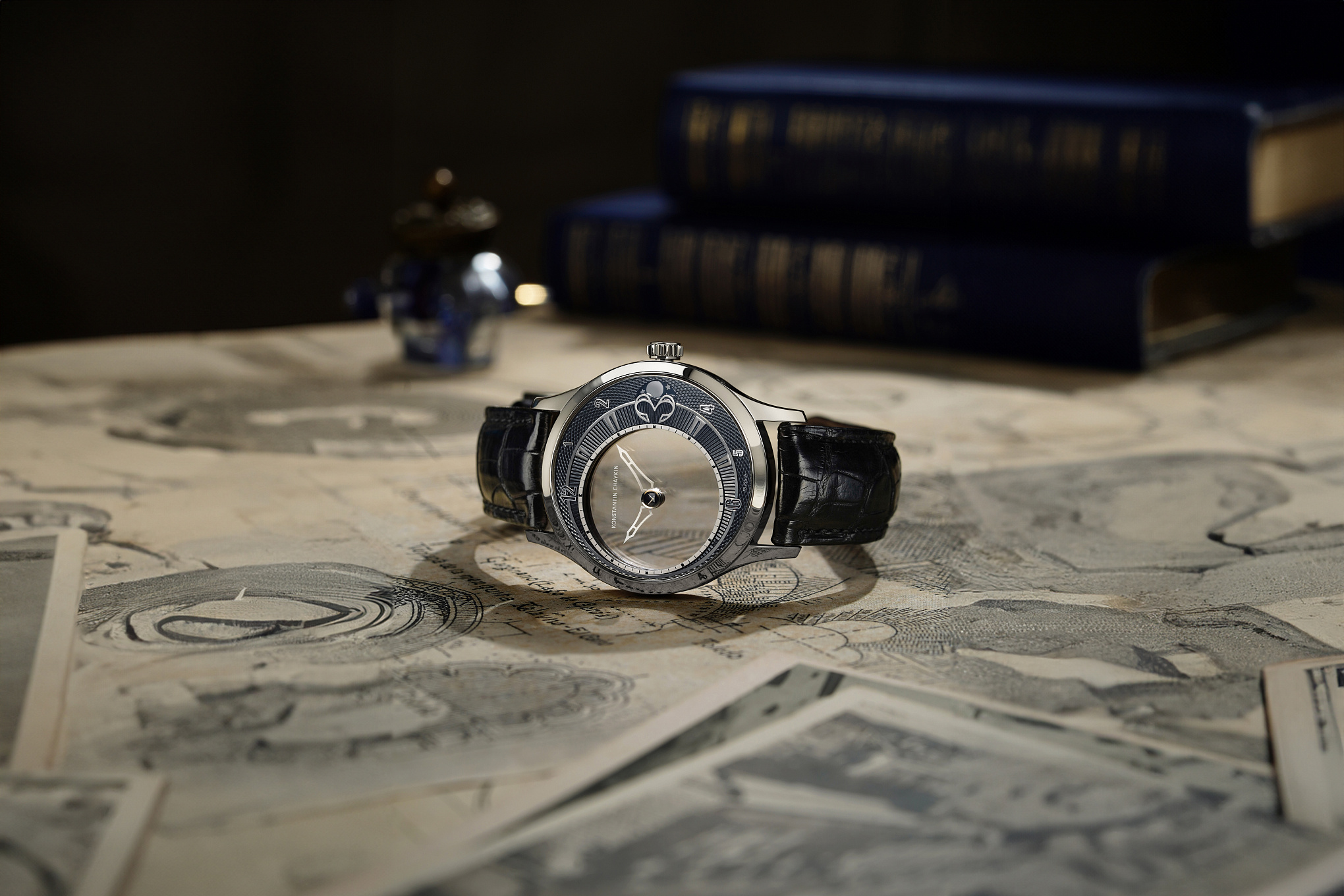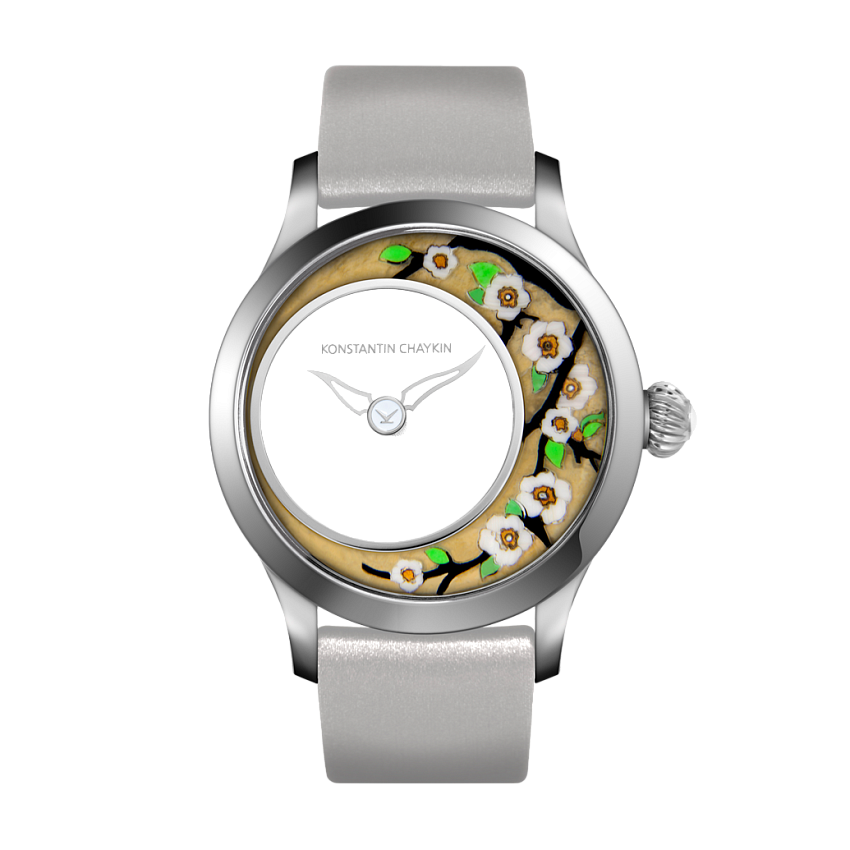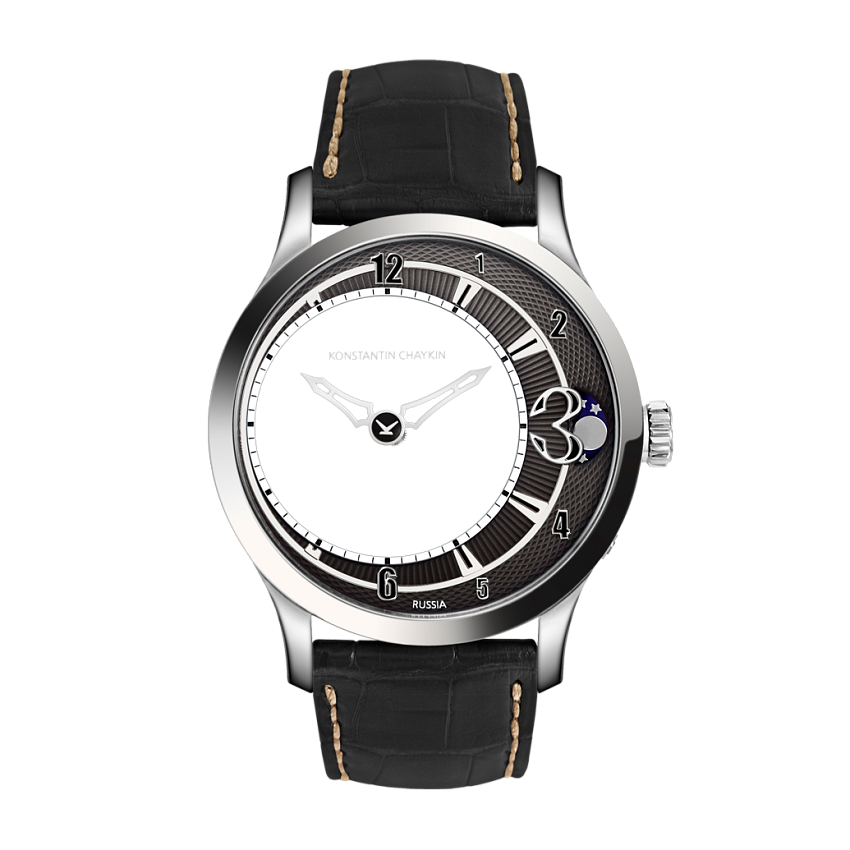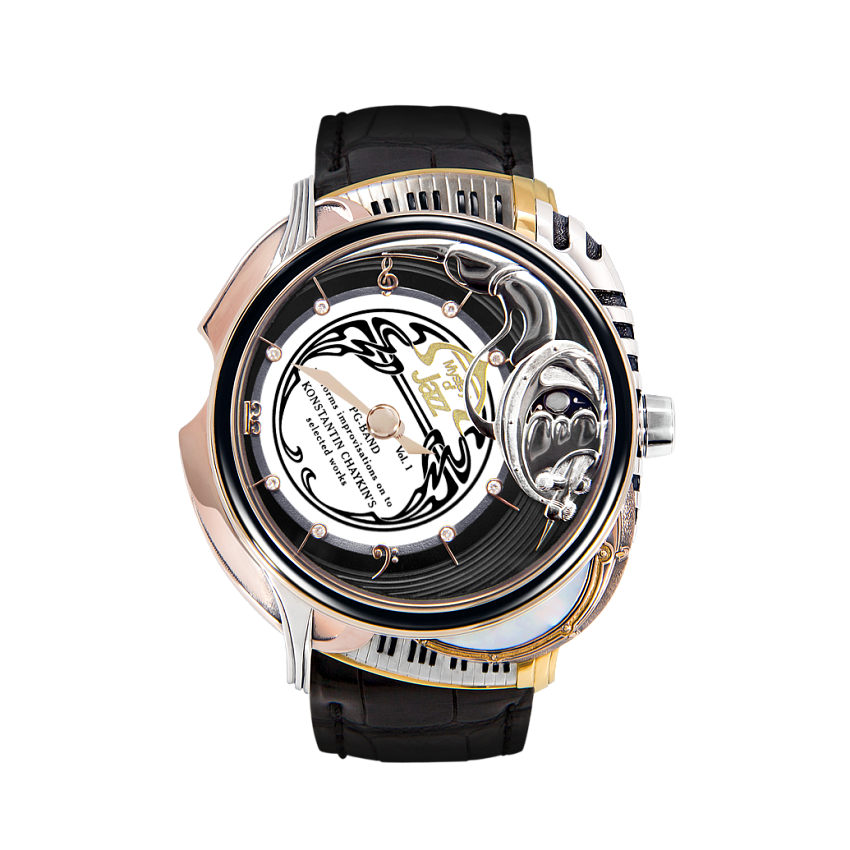
LEVITAS
Illusionists make us believe the impossible, in miracles – that a person can read minds, catch a bullet in his teeth, free himself from chains at the bottom of the sea and, of course, fly. The trick of levitation has amazed children and adults alike for generations, though you and I both know that the illusion happens not where we are asked to look.
Nobody understood this better than the father of modern magic, inventor and watchmaker Jean-Eugène Robert-Houdin. He lived his life following two passions – a love for watchmaking and a love for magic tricks. He turned magic from low-level entertainment at stalls and fairs to amusement for the rich, creating breathtaking illusions to demonstrate at his own theatre in Paris. Robert-Houdin made an orange tree grow and bear fruit right in front of the audience’s eyes, and even levitated on stage!
Jean-Eugène Robert-Houdin was born in Blois, the ancient centre of watchmaking in France. His father was a watchmaker, a profession in which he himself started out. In 1834 he invented a “mysterious” clock with a transparent glass dial, on which the hour hand magically floats and rotates via clockwork invisible to the observer. This invention forever inscribed the name of Robert-Houdin into the annals of watchmaking and was subsequently repeatedly reproduced by other watchmakers. Inspired by Robert-Houdin’s story and his “mysterious” clock, Konstantin Chaykin created the “Levitas” collection, which allows you to observe levitation on the dial of a wristwatch.
Konstantin Chaykin is famous for being the creator of the world’s first mechanical wristwatch with a transparent dial and a complication with 1000 jewels, the so-called “Mystery of 1000 Jewels”, mysteriously stolen in Paris, in the very same city where Jean-Eugène Robert-Houdin had put on his magical performances. The experience Konstantin Chaykin gained in constructing the “Mystery of 1000 Jewels” watch was most effectively used in the development of the “Levitas” watch collection.
The name “Levitas” comes from an associative sequence – hands, floating on an empty dial…floating without visible support…levitation. In order for these “mysterious” watches to look more spectacular, the transparent area should be made as large as possible in relation to the movement, a feat Konstantin Chaykin managed to achieve. The transparent dial of the male “Levitas” model is 26.5mm, with a 38mm diameter movement. This is currently the best ratio in the mechanical watchmaking industry.
The transparent crystal with levitating hour and minute hands takes up an impressive part of the dial of the “Levitas” watches, thanks to which they have a unique charm. All of the watch mechanics are outside of the borders of the transparent sapphire disks, so when looking at the dial of the watch the drive wheels are not visible – this is the essence of the art of “mysterious” watches.
All “mysterious” timepieces, large clocks, table clocks and wristwatches originate from that created in 1834 by the inventor of this genre, Jean-Eugène Robert-Houdin, constructed with one rule – “one rotating transparent disk – one hand”. Only in the “Levitas” watches, in which Konstantin Chaykin implemented his invention of a unique time indication system with two driven hands, one for hours and the other for minutes, is this carried out from just one rotating transparent disk.


